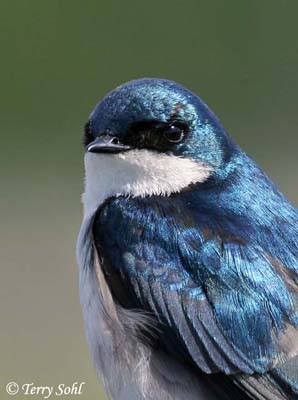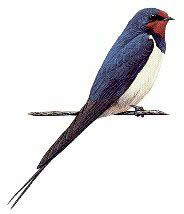
SWALLOW MIGRATION
One minute they are gathering together, both adults and young swallows unmistakably excited about the unknown journey ahead. The next the telephone wires and skies are empty as they leave us for another year. We will see some again next April or May, but many will never return. For migration is a hazardous time and many birds die from starvation, exhaustion and during bad weather.
SwallowTypically leaving us in September (the precise timing of migration each year is governed by weather and food availability), they travel through western France, across the Pyrenees and down eastern Spain.
By October, they have crossed the Mediterranean near Gibraltar and reached Morocco. Then begins the long journey across the Sahara Desert, continuing south through Algeria, Niger and Chad to cross the Equator and reach the Democratic Republic of Congo in November.
Some birds prefer to follow the longer west coast of Africa to avoid the Sahara Desert, while other European swallows travel further east and down the Nile Valley. They journey onwards to arrive in South Africa just in time for Christmas. Migrating swallows can cover up to 200 miles a day, at speeds of about 20 miles per hour.
They migrate during daylight at low altitudes and find food on the way. They don’t put on much extra weight before migrating, so despite accumulating some fat reserves before crossing large areas such as the Sahara, they are very vulnerable to starvation.
Million of birds take flight each Autumn as internal signals – triggered by shorter days, waning food supplies and harsher weather herald hard times to come. Prompted by climate and landmass changes at the end of the last ice age, this migration is at least 15,000 years old and still evolving. The impacts of global warming on local environmental conditions are already influencing when and where some birds go. But general migratory patterns are deeply ingrained and change takes time. Just how quickly migration routes will evolve to meet the future is still up in the air (excuse the pun!).
What’s remarkable is how they do it, navigating by an internal magnetic compass and external markers – stars, mountains and rivers for example.
